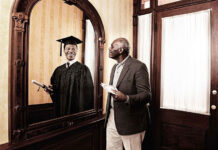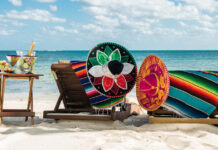Wine really does deserve some serious attention if you ask me, it’s a lot more than just a drink. It is for this reason that I find it very strange that there is no defined tasting procedure which has a universal acceptance. It is common that the majority of wine tasters follow their own set out plan when tasting and this will vary from person to person.
Most of these steps, whilst having their place in the vineyards would be frowned upon at the dining table, they involve a set of steps which to the layperson would appear quite ridiculous. The difference can be akin to that of a persons preference to a particular style or genre of music. The world of critical wine tasting is a comparison between a real standard and the wine in question, drinking wine with a meal is greatly different to this and the wine is undoubtedly intended as an accompaniment to the meal and as a “refreshment”.
Although there is no doubting the eccentric activities of a wine taster at a dinner party are perhaps not required it is worth admiring and appreciating the great talent and concentration that goes into the true appreciation of wine. From an outsiders view, these strange and sometimes occult like tastings may seem a little over complicated but with a true desire and ability to focus ones attention it is quickly possible to begin to understand and appreciate wine in a more full sense. For the basics of wine tasting we are undoubtedly in debt to the likes of Clarke and Goulden.
Where possible it is advised that you should rinse your mouth clean before tasting a wine, but obviously in a dinner party setting this is not always possible nor desired. I would however, recommend that the beginner use this method, it clears the palette and allows the wine taster to become more familiar with the basic characteristics of the wine being tasted (if in doubt, borrow from the experts!).
A more experienced taster will more quickly be able to get the basic qualities of a wine and will often omit this step. Many consider that rinsing with water in this way detracts from the wine and affects palette because the water alters the sensitivity of the tongue and therefore adds a further complication in the whole process. During a long session of tasting it is quite possible that the mouth can become fatigued and therefore this instance lends itself to a revitalization with water.
Wines are best tasted in tulip shaped glasses, with the exception being sparkling wines which require a fluted glass (the elongated type you often see unused in display cabinets!). These style of glasses enhance the sparkling wines natural effervescence. If you don’t have the correct glasses (or enough if you’re having friends round) you can always loan them from a friend.
It is important when comparing wines that each glass is filled to the same level (about a third full is the normal) this allows the taster to hold the glass at a steep angle to allow for a nice observation of the colour and clarity but also allows for a nice vigorous swirl of the wine which in turn releases the aromatics in the wine. At dinner party’s it’s also a useful tool when showing off, but beware there is always someone at the party who knows more about wine than you, so credit your fellow guests with some intelligence!
DISCLAIMER: The content of Pro Liberation is firmly opinionated and is not meant to be interpreted as official news. We glean facts and quotes from mainstream news websites and abridge its meaning for readers to relate. We do not indulge in misinformation, conspiracy theories, or false doctrine but choose to express our right to free speech as citizens of this country and free born under God the Creator. We represent Nu Life Alliance Inc. a non-profit organization in the battle for social and economic justice. Donate to our cause at the following link. DONATE














